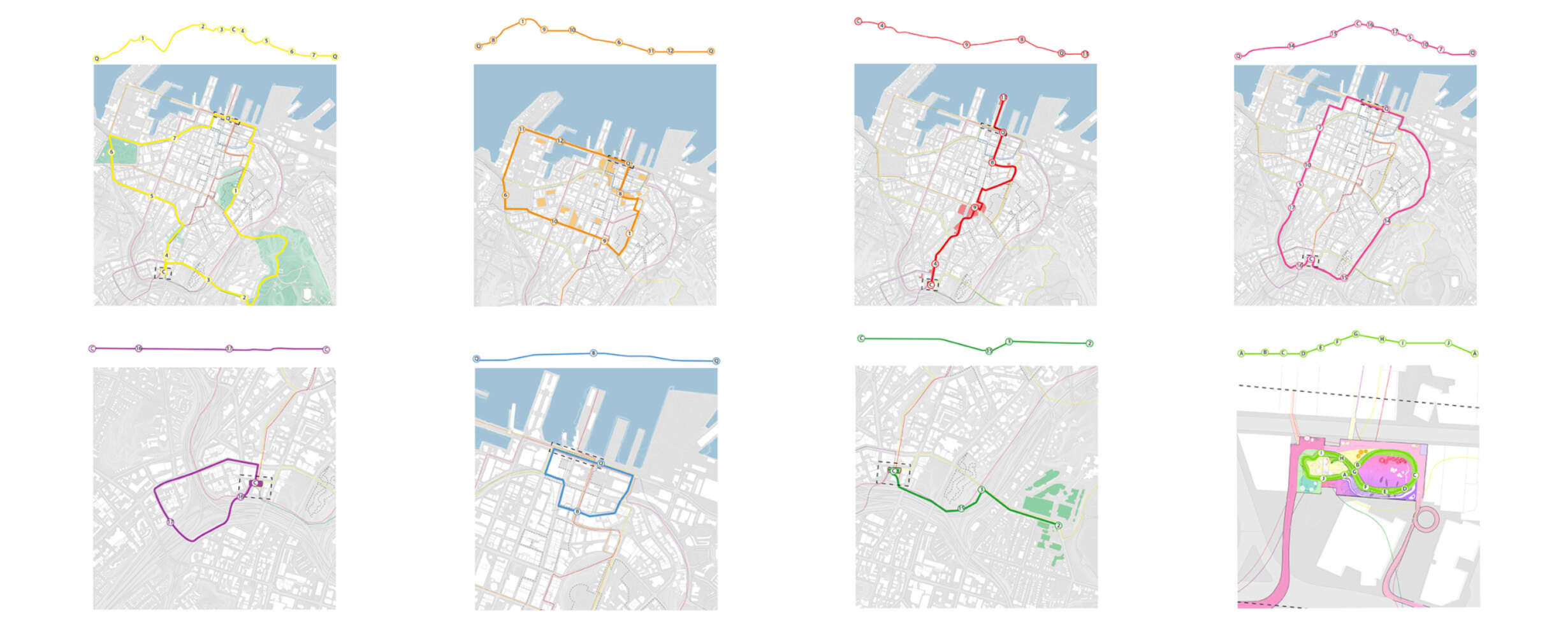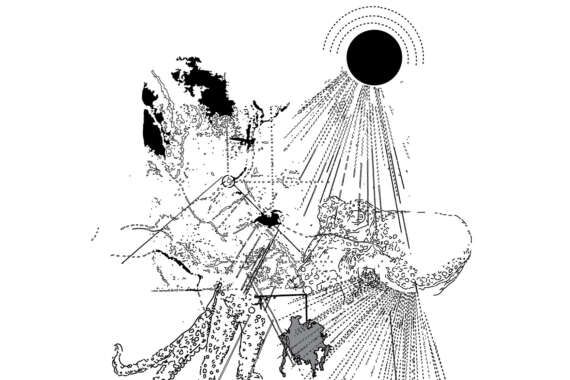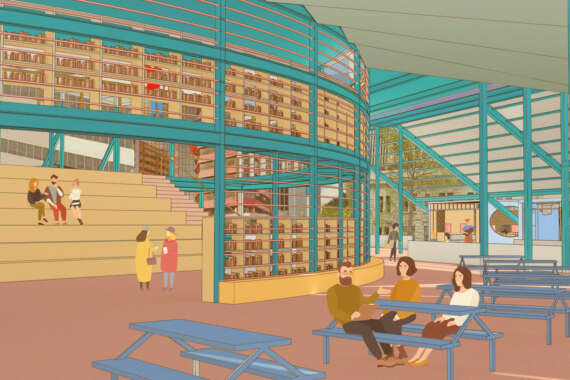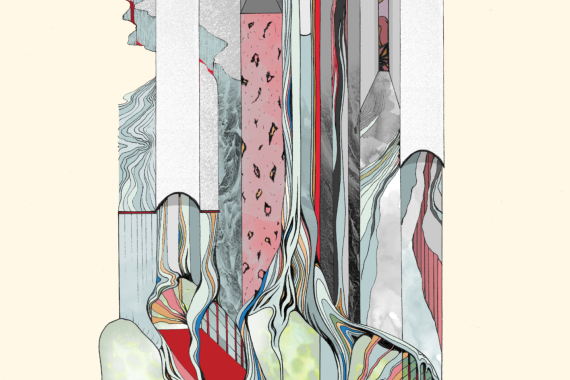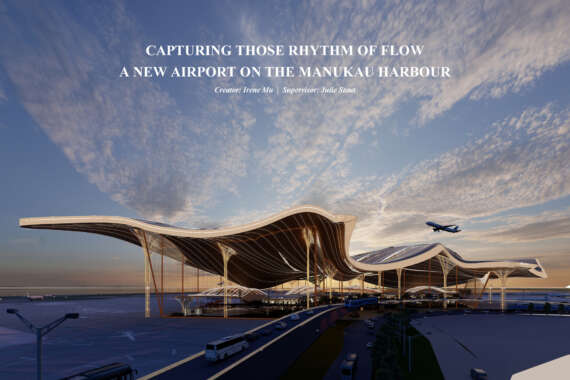One Step, Two Step, Pink Bike, Red Hike : Directing Active Play in Auckland City
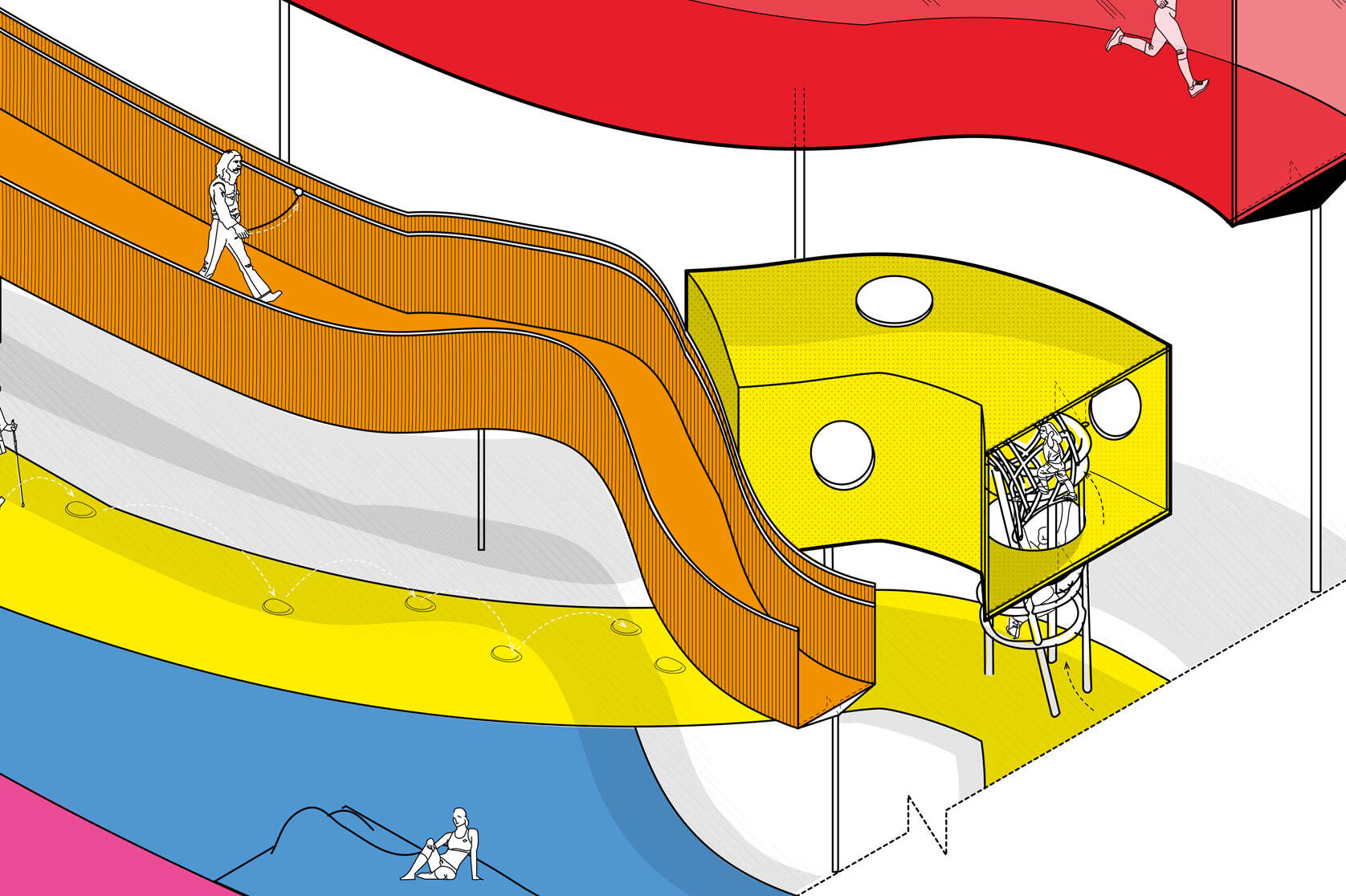
This thesis looks to unravel how Aucklanders, no matter their age or ability, can immerse themselves into the city’s built environment to play.
Traditionally the typology of a playground is used to promote play in the built environment, however the definition of a playground will be critiqued. The term 'play' is used throughout this thesis as the active function in which people participate in recreational activities. 'Walkability', in urban design is understood as how one can travel independently through a city. Instead of specifically defining 'walkability', this thesis will define 'mobility' within the built environment, to avoid limiting to one mode of movement.
'Mobility' is to be referred to at the scale that an individual would encounter the city as in their own single entity. It excludes vehicles and public transportation without being exclusively confined to walking, instead encouraging a wider range of motions and movement.







